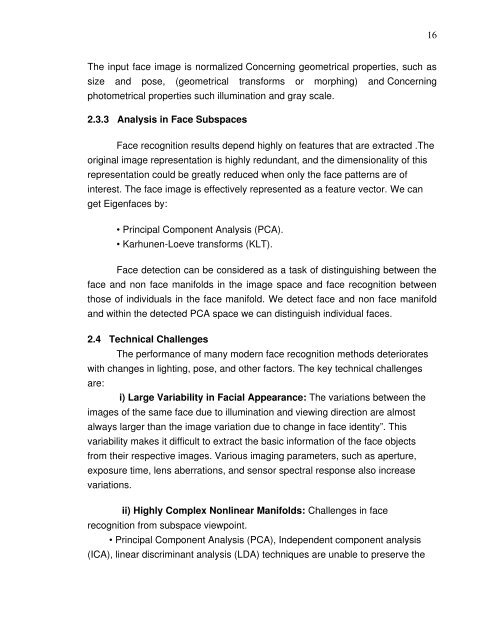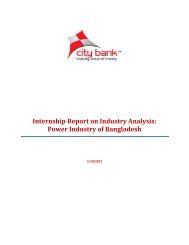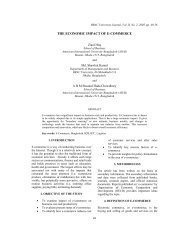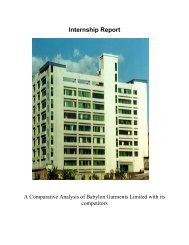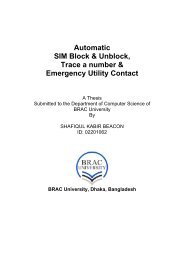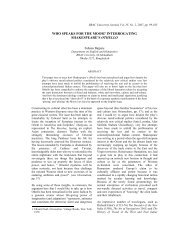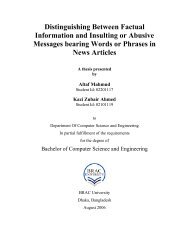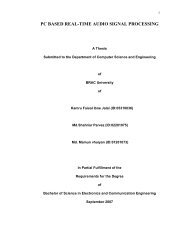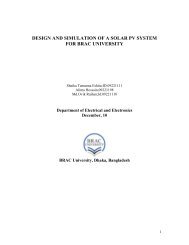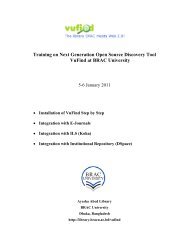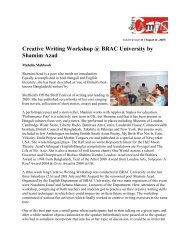LITERATURE SURVEY OF AUTOMATIC FACE RECOGNITION ...
LITERATURE SURVEY OF AUTOMATIC FACE RECOGNITION ...
LITERATURE SURVEY OF AUTOMATIC FACE RECOGNITION ...
You also want an ePaper? Increase the reach of your titles
YUMPU automatically turns print PDFs into web optimized ePapers that Google loves.
The input face image is normalized Concerning geometrical properties, such as<br />
size and pose, (geometrical transforms or morphing) and Concerning<br />
photometrical properties such illumination and gray scale.<br />
2.3.3 Analysis in Face Subspaces<br />
Face recognition results depend highly on features that are extracted .The<br />
original image representation is highly redundant, and the dimensionality of this<br />
representation could be greatly reduced when only the face patterns are of<br />
interest. The face image is effectively represented as a feature vector. We can<br />
get Eigenfaces by:<br />
• Principal Component Analysis (PCA).<br />
• KarhunenLoeve transforms (KLT).<br />
Face detection can be considered as a task of distinguishing between the<br />
face and non face manifolds in the image space and face recognition between<br />
those of individuals in the face manifold. We detect face and non face manifold<br />
and within the detected PCA space we can distinguish individual faces.<br />
2.4 Technical Challenges<br />
The performance of many modern face recognition methods deteriorates<br />
with changes in lighting, pose, and other factors. The key technical challenges<br />
are:<br />
i) Large Variability in Facial Appearance: The variations between the<br />
images of the same face due to illumination and viewing direction are almost<br />
always larger than the image variation due to change in face identity”. This<br />
variability makes it difficult to extract the basic information of the face objects<br />
from their respective images. Various imaging parameters, such as aperture,<br />
exposure time, lens aberrations, and sensor spectral response also increase<br />
variations.<br />
ii) Highly Complex Nonlinear Manifolds: Challenges in face<br />
recognition from subspace viewpoint.<br />
• Principal Component Analysis (PCA), Independent component analysis<br />
(ICA), linear discriminant analysis (LDA) techniques are unable to preserve the<br />
16


